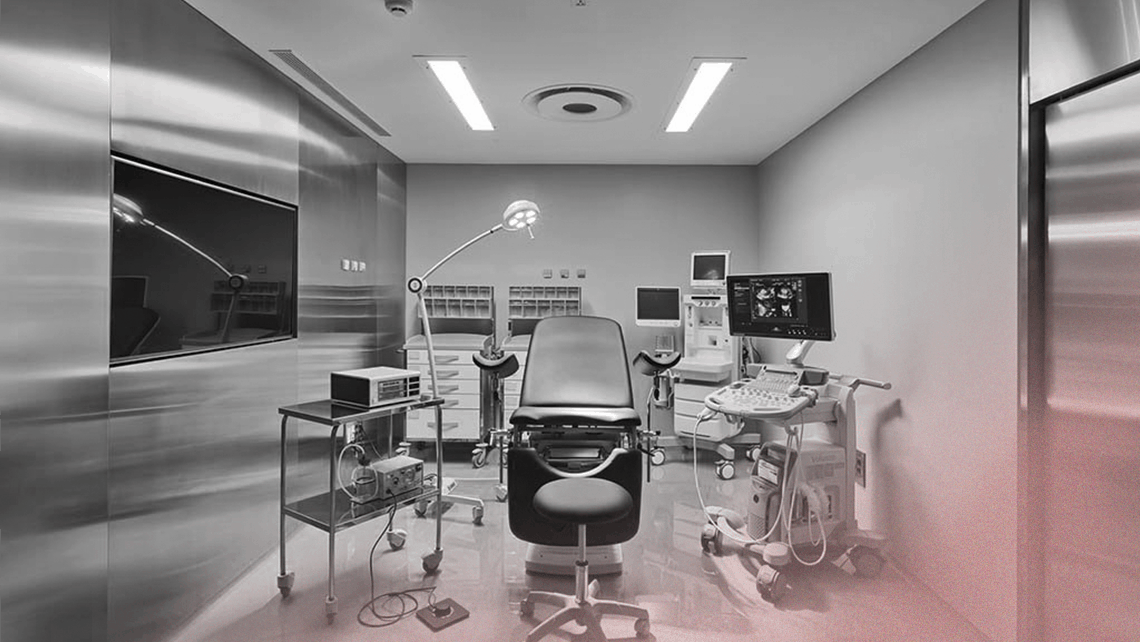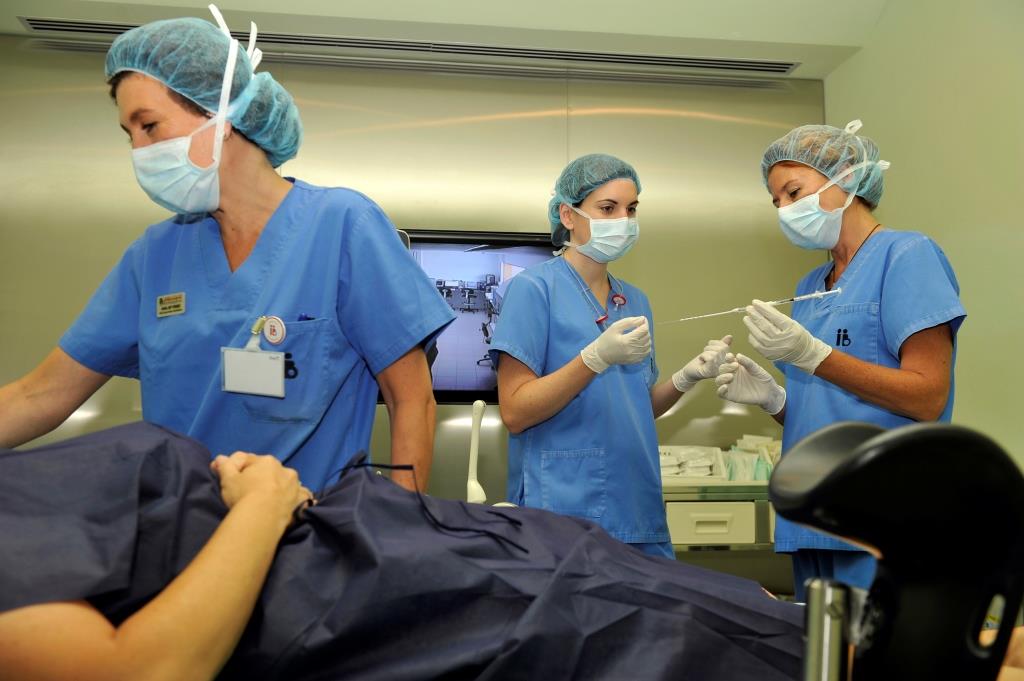
Embryo transfer. Everything you need to know
Embryo transfer is the point of culmination in a number of different courses of assisted reproduction treatment. Examples include in vitro fertilisation, egg donation, embryo adoption, using cryopreserved embryos and so on.
Whilst it is not technically the most complex part of a course of treatment, careful use of technique is needed in order to delicately position the embryo in the mother’s uterus. Errors of any kind can render treatment unsuccessful.
Índice
How is embryo transfer performed?
Embryo transfer entails transporting the embryo from the laboratory to its final destination for development. In other words, to the future mother’s uterus.
The procedure itself is simple; comparable, in fact, to a simple routine gynaecological check-up. It is not painful and anaesthetics are not necessary. Sometimes, depending on the position of the uterus, patients need to have a slightly full bladder on arrival at the clinic. This favours observation of the transfer cannula using ultrasound technology. Patients do not need to fast. They need to be in the same posture as when they have a gynaecological check-up and a speculum is used to observe the uterus and remove vaginal secretions, cervical secretions and any remains of intravaginal medication.
The embryo or embryos that have previously been positioned in a cannula (a thin, flexible plastic tube) are brought over by a biologist. The endometrial cavity is accessed with great care through the cervical canal. The culture medium containing the embryo is deposited there. An ultrasound scan is used during the procedure in order to ensure that the most appropriate position in the uterine cavity is selected.
Afterwards, and for added reassurance, we recommend that the patient rests for a few minutes. She can then return to her daily routine as long as she avoids any unnecessary physical exertion. After this, she can continue with life as normal.
Since this stage of the process is an incredibly emotional one, Instituto Bernabeu encourages partners to accompany patients throughout the procedure.
When is the right time to perform embryo transfer?
The appropriate moment for transfer depends on a number of different factors. The most relevant of these are:
- the embryo development pattern
- the endometrial implantation window
Transfer generally takes place on day five. However, it can also be performed sooner or later depending on the number and type of embryos and also on the kind of treatment that the patient has had in order to prepare the endometrium.
The above applies during fresh egg transfer and transfer of frozen embryos.
In natural cycles, transfer and ovulation are synchronised. For example, if the embryo was frozen on day 5 (blastocyst), transfer is performed on the fifth day following ovulation.
How many embryos should be transferred?
Whilst it is legal in Spain to transfer a maximum of three embryos, at Instituto Bernabeu we limit this to two and, in the majority of cases, we transfer just one embryo. Each case is personalised based on age, the number of children the patient already has, uterine pathology, embryo quality and so on.
The number of embryos that are transferred is important in terms of achieving a pregnancy but embryo quality is more important than quantity. Transferring just one, top-quality embryo in blastocyst stage (that is, between days 5 and 6 of culture) can give better results than transferring three embryos on day three.
Success rates have improved incredibly thanks to perfection of techniques in top-quality assisted reproduction laboratories. Therefore, just one embryo tends to be transferred so that twin pregnancies (and the associated risks for the mother and baby) are avoided. These risks include pre-eclampsia, complications during childbirth, premature and low weights at birth, gestational diabetes, haemorrhages and so on. Find out more here about avoiding multiple gestation.
The final decision on the number of embryos that are transferred also takes patients’ wishes into account after they have been given information about the potential risks and advantages of both options.
When do transferred embryos implant?

Although the terms are commonly used to refer to the same concept, embryo transfer should not be confused with embryo implantation. Embryo implantation is the process through which transferred embryos continue developing and implant in the future mother’s uterus. Implantation is a dynamic and continuous process. In other words, there is no single point at which it occurs. Instead, a series of interactions between the embryo and mother take places and continue until the baby is born. Find out more here about the implantation window.
Are there any tell-tale signs following transfer to indicate that the patient is pregnant?
Patients often experience pregnancy-related symptoms (nausea, tiredness, a bloated abdomen, swollen breasts, etc.). However, they are caused by the medication they have been prescribed. This medication favours progestation and means nothing at all. The most reliable and earliest means of determining if a patient is pregnant is a beta-HCG blood test.
Patients can also experience slight bleeding and this should not be mistaken for a period. On the contrary, it is not a negative sign. It is implantation bleeding that sometimes happens when the embryo implants in the mother’s uterus.
Moving towards positive embryo transfer
Embryo transfer might initially seem to be the quickest and simplest part of the entire in vitro fertilisation (IVF) process. However, it is a critical point during treatment. Overcoming earlier hurdles will have been of no use at all if transfer is not performed adequately. This can happen if too much time goes by between removing the embryo from the incubator and positioning it in the uterus, or if transfer through to the uterine cavity is complicated by abnormalities in the uterus, a narrow passing space or incorrect positions in the uterus.
Of course, performing embryo transfer correctly also requires dexterity, skill and experience. The environment in which transfer takes place needs to be taken very much into account.
At Instituto Bernabeu, all our transfers are performed by incredibly experienced doctors and embryologists.
The patient’s frame of mind plays an equally important role in the process. We offer access to additional relaxation techniques including massages and acupuncture, amongst others.
When all these factors are taken into account, it is possible to ensure the very best chances of success.
THE FOLLOWING MAY ALSO BE OF INTEREST TO YOU:
- Nutritional Recommendations for Fertility
- Is it beneficial to rest after the embryo transfer?
- Embryo transfer on day 4 – why not?
